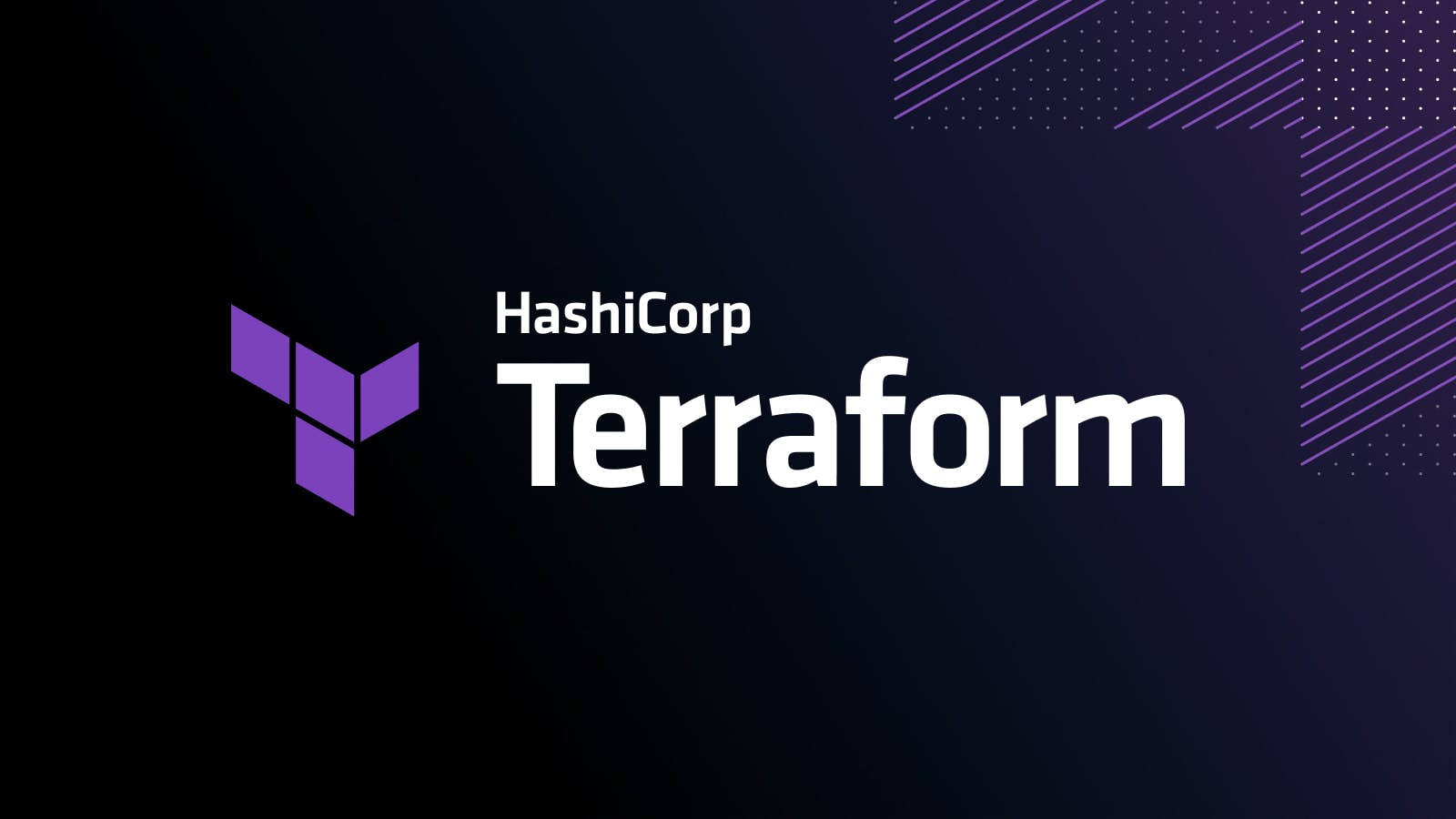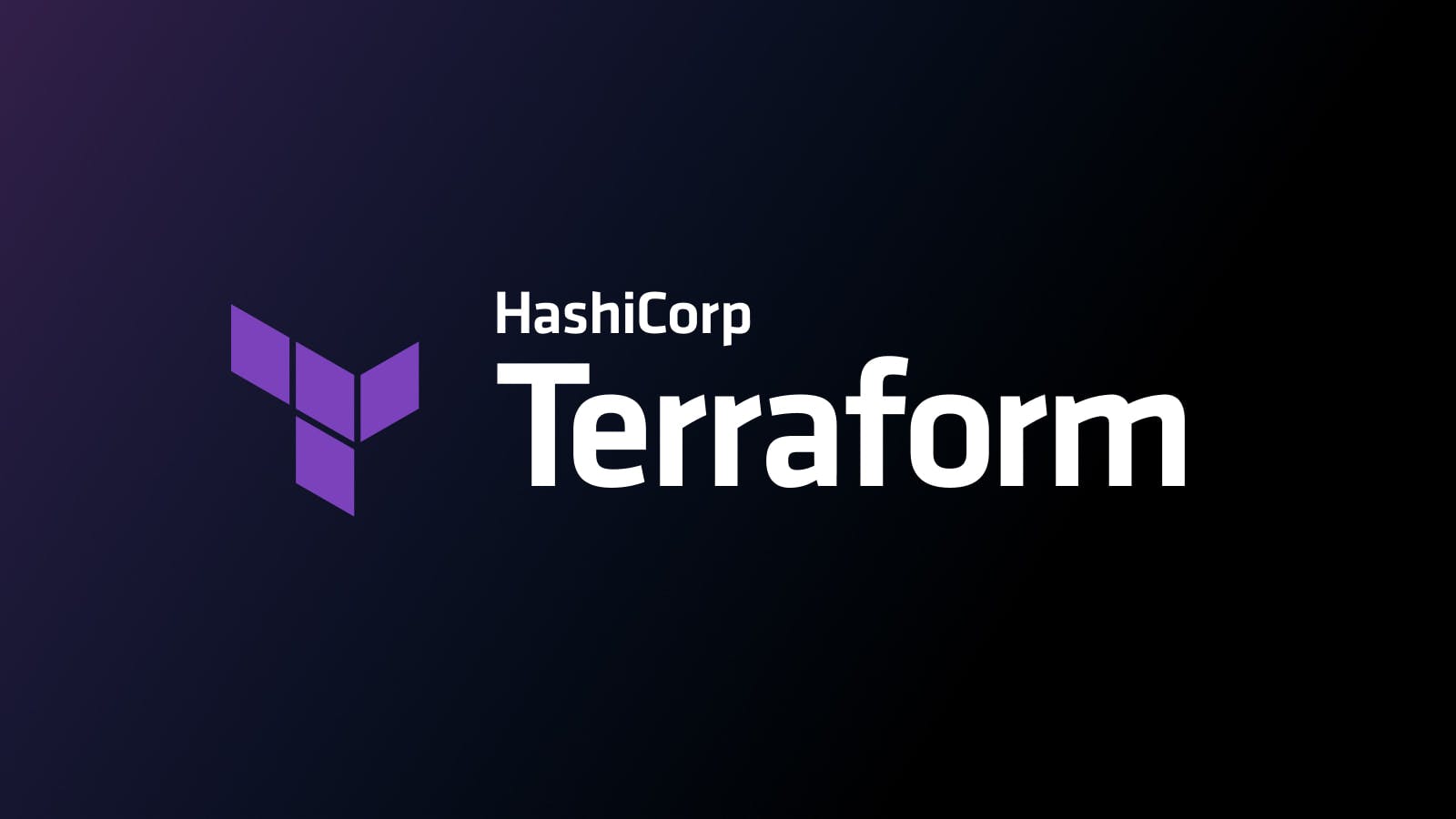Writing Custom Terraform Providers
This guide exists for historical purposes, but a more up-to-date guide can be found on the Terraform guides.
In Terraform, a "provider" is the logical abstraction of an upstream API. This guide details how to build a custom provider for Terraform.
»Why?
There are a few possible reasons for authoring a custom Terraform provider, such as:
-
An internal private cloud whose functionality is either proprietary or would not benefit the open source community.
-
A "work in progress" provider being tested locally before contributing back.
-
Extensions of an existing provider
»Local Setup
Terraform supports a plugin model, and all providers are actually plugins. Plugins are distributed as Go binaries. Although technically possible to write a plugin in another language, almost all Terraform plugins are written in Go. For more information on installing and configuring Go, please visit the Golang installation guide.
This post assumes familiarity with Golang and basic programming concepts.
As a reminder, all of Terraform's core providers are open source. When stuck or looking for examples, please feel free to reference the open source providers for help.
»The Provider Schema
To start, create a file named provider.go. This is the root of the provider and should include the following boilerplate code:
package main
import (
"github.com/hashicorp/terraform/helper/schema"
)
func Provider() *schema.Provider {
return &schema.Provider{
ResourcesMap: map[string]*schema.Resource{},
}
}
The helper/schema library is part of Terraform's core. It abstracts many of the complexities and ensures consistency between providers. The example above defines an empty provider (there are no resources).
The *schema.Provider type describes the provider's properties including:
- the configuration keys it accepts
- the resources it supports
- any callbacks to configure
»Building the Plugin
Go requires a main.go file, which is the default executable when the binary is built. Since Terraform plugins are distributed as Go binaries, it is important to define this entry-point with the following code:
package main
import (
"github.com/hashicorp/terraform/plugin"
"github.com/hashicorp/terraform/terraform"
)
func main() {
plugin.Serve(&plugin.ServeOpts{
ProviderFunc: func() terraform.ResourceProvider {
return Provider()
},
})
}
This establishes the main function to produce a valid, executable Go binary. The contents of the main function consume Terraform's plugin library. This library deals with all the communication between Terraform core and the plugin.
Next, build the plugin using the Go toolchain:
$ go build -o terraform-provider-example
The output name (-o) is very important. Terraform searches for plugins in the format of:
terraform-<TYPE>-<NAME>
In the case above, the plugin is of type "provider" and of name "example".
To verify things are working correctly, execute the binary just created:
$ ./terraform-provider-example
This binary is a plugin. These are not meant to be executed directly.
Please execute the program that consumes these plugins, which will
load any plugins automatically
This is the basic project structure and scaffolding for a Terraform plugin. To recap, the file structure is:
.
├── main.go
└── provider.go
»Defining Resources
Terraform providers manage resources. A provider is an abstraction of an upstream API, and a resource is a component of that provider. As an example, the AWS provider supports aws_instance and aws_elastic_ip. DNSimple supports dnsimple_record. Fastly supports fastly_service. Let's add a resource to our fictitious provider.
As a general convention, Terraform providers put each resource in their own file, named after the resource, prefixed with resource_. To create an example_server, this would be resource_server.go by convention:
package main
import (
"github.com/hashicorp/terraform/helper/schema"
)
func resourceServer() *schema.Resource {
return &schema.Resource{
Create: resourceServerCreate,
Read: resourceServerRead,
Update: resourceServerUpdate,
Delete: resourceServerDelete,
Schema: map[string]*schema.Schema{
"address": &schema.Schema{
Type: schema.TypeString,
Required: true,
},
},
}
}
This uses the schema.Resource type. This structure defines the data schema and CRUD operations for the resource. Defining these properties are the only required thing to create a resource.
The schema above defines one element, "address", which is a required string. Terraform's schema automatically enforces validation and type casting.
Next there are four "fields" defined - Create, Read, Update, and Delete. The Create, Read, and Delete functions are required for a resource to be functional. There are other functions, but these are the only required ones. Terraform itself handles which function to call and with what data. Based on the schema and current state of the resource, Terraform can determine whether it needs to create a new resource, update an existing one, or destroy.
Each of the four struct fields point to a function. While it is technically possible to inline all functions in the resource schema, best practice dictates pulling each function into its own method. This optimizes for both testing and readability. Fill in those stubs now, paying close attention to method signatures.
func resourceServerCreate(d *schema.ResourceData, m interface{}) error {
return nil
}
func resourceServerRead(d *schema.ResourceData, m interface{}) error {
return nil
}
func resourceServerUpdate(d *schema.ResourceData, m interface{}) error {
return nil
}
func resourceServerDelete(d *schema.ResourceData, m interface{}) error {
return nil
}
Lastly, update the provider schema in provider.go to register this new resource.
func Provider() *schema.Provider {
return &schema.Provider{
ResourcesMap: map[string]*schema.Resource{
"example_server": resourceServer(),
},
}
}
Build and test the plugin. Everything should compile as-is, although all operations are a no-op.
$ go build -o terraform-provider-example
$ ./terraform-provider-example
This binary is a plugin. These are not meant to be executed directly.
Please execute the program that consumes these plugins, which will
load any plugins automatically
The layout now looks like this:
.
├── main.go
├── provider.go
├── resource_server.go
└── terraform-provider-example
»Invoking the Provider
Previous sections showed running the provider directly via the shell, which outputs a warning message like:
This binary is a plugin. These are not meant to be executed directly.
Please execute the program that consumes these plugins, which will
load any plugins automatically
Terraform plugins should be executed by Terraform directly. To test this, create a main.tf in the working directory (the same place where the plugin exists).
resource "example_server" "my-server" {}
And execute terraform plan:
$ terraform plan
1 error(s) occurred:
* example_server.my-server: "address": required field is not set
This validates Terraform is correctly delegating work to our plugin and that our validation is working as intended. Fix the validation error by adding an address field to the resource:
resource "example_server" "my-server" {
address = "1.2.3.4"
}
Execute terraform plan to verify the validation is passing:
$ terraform plan
+ example_server.my-server
address: "1.2.3.4"
Plan: 1 to add, 0 to change, 0 to destroy.
It is possible to run terraform apply, but it will be a no-op because all of the resource options currently take no action.
»Implement Create
Back in resource_server.go, implement the create functionality:
func resourceServerCreate(d *schema.ResourceData, m interface{}) error {
address := d.Get("address").(string)
d.SetId(address)
return nil
}
This uses the schema.ResourceData API to get the value of "address" provided by the user in the Terraform configuration. Due to the way Go works, we have to typecast it to string. This is a safe operation, however, since our schema guarantees it will be a string type.
Next, it uses SetId, a built-in function, to set the ID of the resource to the address. The existence of a non-blank ID is what tells Terraform that a resource was created. This ID can be any string value, but should be a value that can be used to read the resource again.
Recompile the binary, the run terraform plan and terraform apply.
$ go build -o terraform-provider-example
# ...
$ terraform plan
+ example_server.my-server
address: "1.2.3.4"
Plan: 1 to add, 0 to change, 0 to destroy.
$ terraform apply
example_server.my-server: Creating...
address: "" => "1.2.3.4"
example_server.my-server: Creation complete (ID: 1.2.3.4)
Apply complete! Resources: 1 added, 0 changed, 0 destroyed.
Since the Create operation used SetId, Terraform believes the resource created successfully. Verify this by running terraform plan.
$ terraform plan
Refreshing Terraform state in-memory prior to plan...
The refreshed state will be used to calculate this plan, but will not be
persisted to local or remote state storage.
example_server.my-server: Refreshing state... (ID: 1.2.3.4)
No changes. Infrastructure is up-to-date.
This means that Terraform did not detect any differences between your
configuration and real physical resources that exist. As a result, Terraform
doesn't need to do anything.
Again, because of the call to SetId, Terraform believes the resource was created. When running plan, Terraform properly determines there are no changes to apply.
To verify this behavior, change the value of the address field and run terraform plan again. You should see output like this:
$ terraform plan
example_server.my-server: Refreshing state... (ID: 1.2.3.4)
~ example_server.my-server
address: "1.2.3.4" => "5.6.7.8"
Plan: 0 to add, 1 to change, 0 to destroy.
Terraform detects the change and displays a diff with a ~ prefix, noting the resource will be modified in place, rather than created new.
Run terraform apply to apply the changes.
$ terraform apply
example_server.my-server: Refreshing state... (ID: 1.2.3.4)
example_server.my-server: Modifying... (ID: 1.2.3.4)
address: "1.2.3.4" => "5.6.7.8"
example_server.my-server: Modifications complete (ID: 1.2.3.4)
Apply complete! Resources: 0 added, 1 changed, 0 destroyed.
Since we did not implement the Update function, you would expect the terraform plan operation to report changes, but it does not! How were our changes persisted without the Update implementation?
»Error Handling & Partial State
Previously our Update operation succeeded and persisted the new state with an empty function definition. Recall the current update function:
func resourceServerUpdate(d *schema.ResourceData, m interface{}) error {
return nil
}
The return nil tells Terraform that the update operation succeeded without error. Terraform assumes this means any changes requested applied without error. Because of this, our state updated and Terraform believes there are no further changes.
To say it another way: if a callback returns no error, Terraform automatically assumes the entire diff successfully applied, merges the diff into the final state, and persists it.
Functions should never intentionally panic or call os.Exit - always return an error.
In reality, it is a bit more complicated than this. Imagine the scenario where our update function has to update two separate fields which require two separate API calls. What do we do if the first API call succeeds but the second fails? How do we properly tell Terraform to only persist half the diff? This is known as a partial state scenario, and implementing these properly is critical to a well-behaving provider.
Here are the rules for state updating in Terraform. Note that this mentions callbacks we have not discussed, for the sake of completeness.
-
If the
Createcallback returns with or without an error without an ID set usingSetId, the resource is assumed to not be created, and no state is saved. -
If the
Createcallback returns with or without an error and an ID has been set, the resource is assumed created and all state is saved with it. Repeating because it is important: if there is an error, but the ID is set, the state is fully saved. -
If the
Updatecallback returns with or without an error, the full state is saved. If the ID becomes blank, the resource is destroyed (even within an update, though this shouldn't happen except in error scenarios). -
If the
Destroycallback returns without an error, the resource is assumed to be destroyed, and all state is removed. -
If the
Destroycallback returns with an error, the resource is assumed to still exist, and all prior state is preserved. -
If partial mode (covered next) is enabled when a create or update returns, only the explicitly enabled configuration keys are persisted, resulting in a partial state.
Partial mode is a mode that can be enabled by a callback that tells Terraform that it is possible for partial state to occur. When this mode is enabled, the provider must explicitly tell Terraform what is safe to persist and what is not.
Here is an example of a partial mode with an update function:
func resourceServerUpdate(d *schema.ResourceData, m interface{}) error {
// Enable partial state mode
d.Partial(true)
if d.HasChange("address") {
// Try updating the address
if err := updateAddress(d, meta); err != nil {
return err
}
d.SetPartial("address")
}
// If we were to return here, before disabling partial mode below,
// then only the "address" field would be saved.
// We succeeded, disable partial mode. This causes Terraform to save
// save all fields again.
d.Partial(false)
return nil
}
Note - this code will not compile since there is no updateAddress function. You can implement a dummy version of this function to play around with partial state. For this example, partial state does not mean much in this documentation example. If updateAddress were to fail, then the address field would not be updated.
»Implementing Destroy
The Destroy callback is exactly what it sounds like - it is called to destroy the resource. This operation should never update any state on the resource. It is not necessary to call d.SetId(""), since any non-error return value assumes the resource was deleted successfully.
func resourceServerDelete(d *schema.ResourceData, m interface{}) error {
// d.SetId("") is automatically called assuming delete returns no errors, but
// it is added here for explicitness.
d.SetId("")
return nil
}
The destroy function should always handle the case where the resource might already be destroyed (manually, for example). If the resource is already destroyed, this should not return an error. This allows Terraform users to manually delete resources without breaking Terraform.
$ go build -o terraform-provider-example
Run terraform destroy to destroy the resource.
$ terraform destroy
Do you really want to destroy?
Terraform will delete all your managed infrastructure.
There is no undo. Only 'yes' will be accepted to confirm.
Enter a value: yes
example_server.my-server: Refreshing state... (ID: 5.6.7.8)
example_server.my-server: Destroying... (ID: 5.6.7.8)
example_server.my-server: Destruction complete
Destroy complete! Resources: 1 destroyed.
»Implementing Read
The Read callback is used to sync the local state with the actual state (upstream). This is called at various points by Terraform and should be a read-only operation. This callback should never modify the real resource.
If the ID is updated to blank, this tells Terraform the resource no longer exists (maybe it was destroyed out of band). Just like the destroy callback, the Read function should gracefully handle this case.
func resourceServerRead(d *schema.ResourceData, m interface{}) error {
client := meta.(*MyClient)
// Attempt to read from an upstream API
obj, ok := client.Get(d.Id())
// If the resource does not exist, inform Terraform. We want to immediately
// return here to prevent further processing.
if !ok {
d.SetId("")
return nil
}
d.Set("address", obj.Address)
return nil
}
»Next Steps
This guide covers the schema and structure for implementing a Terraform provider using the provider framework. As next steps, reference the internal providers for examples. Terraform also includes a full framework for testing frameworks.
»General Rules
»Dedicated Upstream Libraries
One of the biggest mistakes new users make is trying to conflate a client library with the Terraform implementation. Terraform should always consume an independent client library which implements the core logic for communicating with the upstream. Do not try to implement this type of logic in the provider itself.
»Data Sources
While not explicitly discussed here, data sources are a special subset of resources which are read-only. They are resolved earlier than regular resources and can be used as part of Terraform's interpolation.
Sign up for the latest HashiCorp news
More blog posts like this one

A blueprint for cloud success with HashiCorp at Google Cloud Next
A recap of HashiCorp infrastructure and security news and developments from Google Cloud Next, from scaling infrastructure as code to fighting secrets sprawl and more.

Terraform 1.8 improves extensibility with provider-defined functions
New in Terraform 1.8: Provider-defined functions let users extend Terraform with custom capabilities. Plus, refactoring can now be done across resource types.

Terraform 1.8 provider functions for AWS, Google Cloud, and Kubernetes
See usage examples of Terraform 1.8's new launch-day provider-defined functions for AWS, Google Cloud, and Kubernetes.